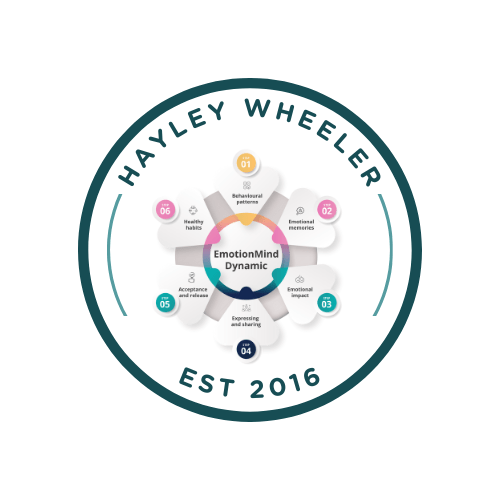Harrison has anxiety. He is thirteen years old, has just returned from a school trip to Austria and is nearly eighteen months anxiety and panic attack free. At its peak, Harrison was having eight to nine panic attacks a day. His anxiety had become a familiar part of his life, and our family’s.
The first memorable incident happened when he was just six weeks old. I took him to a restaurant for the first time, he cried and cried to the point I left the restaurant, racing around the shops buying colic remedies and teething gels because I assumed he was in pain. He was in pain, just not physical pain. He was experiencing intense fear because his environment changed.
The terrible two’s brought the usual temper tantrums, but when they didn’t stop, I mistakenly assumed he hadn’t learned to communicate himself and had got frustrated. I didn’t understand what he was dealing with. But when he started to talk, Harrison started to communicate his worries to me. One particular worry was people laughing at him.
One event that stands out is a trip to a play centre with my five year old son, two year old Harrison and my newborn baby daughter. As we stood in the house ready to leave, he held onto my legs and looked up into my face and said “people laugh at me”. I had struggled with thinking about people laughing at me in my late childhood and into my teens, so I could relate. Although he seemed too young to have the same worries, I told him it will be fine and dismissed it.
When we got there he lacked confidence in going to play. I found myself taking him and my newborn around the whole place, climbing stairs, over humps and sliding down the slide. He loved playing, but he just could not face it on his own. He held my hand tight and did not leave my side.
I have known about anxiety in adults, but I had never linked Harrison’s ‘temper tantrums’ to anxiety.
Those ‘temper tantrums’ continued well into three, four and right up to ten years of age. That was when the ‘aha’ moment came; I suddenly realised it was anxiety, and I realised that his anxiety was triggered by new situations.
Those powerful emotions resulted in anxiety and panic attacks that manifested as screaming, shouting, temper tantrums. His frustrations and ours caused many misunderstandings and difficulties in communication. Now that I have a better understanding, I believe now that the temper tantrums taught him a way to release the fear and powerful emotions his little body was holding.
Right from birth, he had been contending with anxiety. I hadn’t seen it, dismissed it and now I realise why he acted the way he did. My first instinct was to feel guilty. But when the guilt settled down, I knew I had to find a way to help him overcome it.
Naturally he wanted to understand what anxiety was. We talked about how my body and mind works when I worry and get frightened. I tried explaining about the missing chemicals as described by the medical professionals, but he just didn’t understand.
One day, I explained that his system has a glitch just like Penelope Von Schweetz in Wreck it Ralph. This is when he finally understood how the anxiety was ‘glitching’ his system and making him feel afraid. Whether it was a planned day out or a change in routine, the ‘glitch’ would magnify the fear his body was always anticipating.
He decided it was time to ditch the ‘glitch’. He knew he could, and we knew he could.
By learning to identify what he was feeling and thinking, he could tell me so I could help and support him. Harrison came to understand his anxiety, the impact on his life and started ditching his ‘glitch’.
He felt empowered, he was starting to challenge his glitch. He was taking control of his body and his life.
Initially we talked and talked about what I saw trying to figure out what he felt, either after or in between panic attacks but never during an anxiety or panic attack. He was the one feeling, doing and reacting. I was seeing and interpreting, and the collaboration began. Reflecting on the situation became the norm, learning to accept what happened and by identifying what he could do differently next time.
You can control the worries and anxious thoughts, if you choose. It’s not easy to start, because the anxiety has been in control for a while. But it doesn’t have to be that way, and you can help and support your child ditch their ‘glitch’ too.
